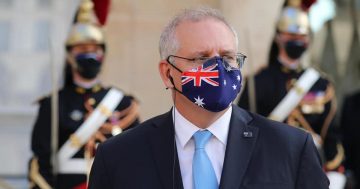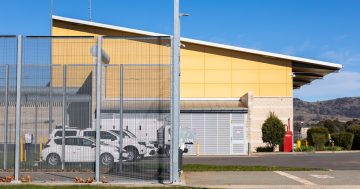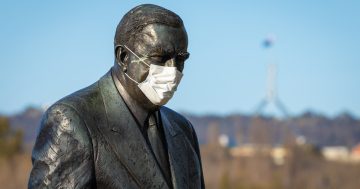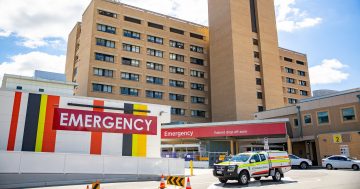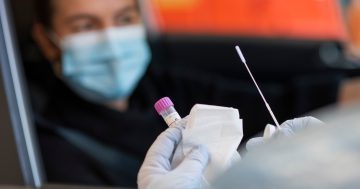
Canberrans saw the warning signs as soon as the Sydney outbreak hit. Photo: David Murtagh.
Surely the Premier State’s so-called gold standard approach to handling the COVID-19 pandemic has lost some of its lustre after the past few weeks of softly, softly responses to first the Northern Beaches outbreak and now the inner-west cluster.
From the outset, experts outside NSW Health questioned whether Gladys Berejiklian’s government was doing enough, calling for tougher restrictions to contain the virus.
But the Premier did not want to be the Christmas Grinch, and the rationale was all about balancing the need to stop the virus spreading, the mental health of Sydneysiders and, of course, the economy.
The tone was apologetic, and the measures reluctant and minimal. There was no South Australia-style lockdown to kill the outbreak.
Attending the New Year’s Eve fireworks was banned only after becoming obvious to everyone that the annual party would be a super spreader event.
Even now, after the virus has been exported to Victoria, the confirmation of a separate inner-west cluster, cases in Wollongong, and the potential for cases to emerge on the Far South Coast thanks to a couple of Victorian holidayers who had previously been in Sydney, the NSW Government continues to talk in terms of ”should” do this or ”it would be in your best interests” to do that, as if measures were optional.
At least it finally mandated the wearing of masks indoors, but the tippy-toeing around what people needed to do has only made the situation worse.
It was no surprise at all that other states re-imposed hard borders to keep any further carriers out.
The danger to a COVID-free ACT at this time of the year was clear right from the start, with Sydney only a few hours away and so many Canberrans on the move, particularly on the South Coast.
And despite advice to people in the NSW hotspot areas not to travel to the ACT, they kept coming, giving the government no choice but to impose border controls and quarantine measures.
When the Victorian quarantine breaches resulted in the deadly spread of the virus and the shutdown that followed, that state suffered relentless political attacks from the Commonwealth, mostly in the form of Treasurer Josh Frydenberg who could see his economic credentials going up in smoke and who also wanted to shore up the parlous condition of the Liberal opposition in his home state.
NSW was held up as the standard by which other states should measure their performance. Now it too has breaches that still have the potential for the virus to explode out of control and not just within its borders.
So instead of Ms Berejiklian patting her citizens on the back, holding opaque press conferences and complaining about border closures, she should show a bit more urgency, come clean with the public and get realistic about what is needed.
What isn’t needed is 20,000 people pouring into the SCG for the Australia-India Test, and again it shows her reluctance to take tough decisions.
What we have also learned is that after a year of COVID-19, somehow international travellers, whether they be the rich and famous, diplomats or flight crews, have been able to claim quarantine exemptions, or in the case of flight crews, flout their arrangements.
The source of the Northern Beaches outbreak remains a mystery, except for the virus being a US variant. That traveller came and went, leaving a COVID-19 calling card.
The inner-west cluster centred on a bottle shop has now been revealed to be sourced from a transport worker who delivered a family returning from overseas to a health facility.
All this shows that there remain gaps in the system that is supposed to protect the health of Australians and that the gaps need to be closed.
With the virus raging in other parts of the world, Australia’s island status is the nation’s strength and greatest protection.
While the Prime Minister has been happy to defer to the states, it is the Commonwealth which is responsible for the country’s borders and quarantine measures.
A little less political cheerleading and more national leadership are required as we head into what will be another dangerous phase in the pandemic.













